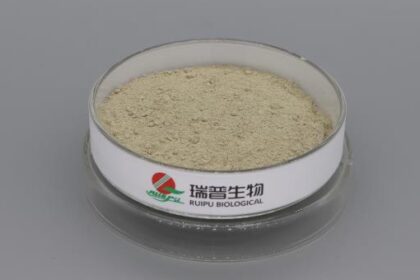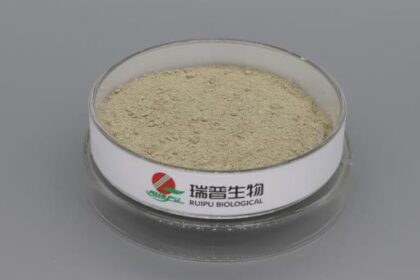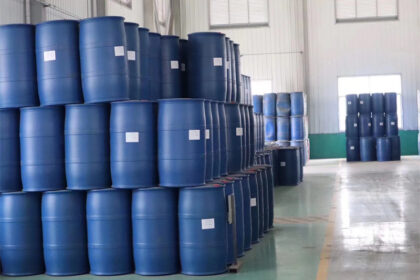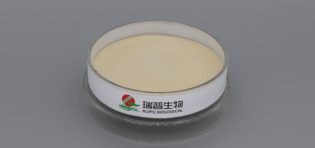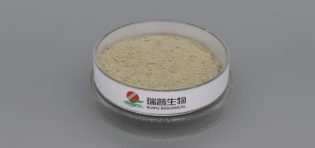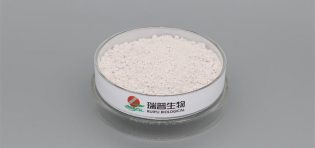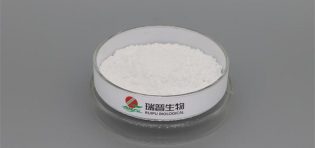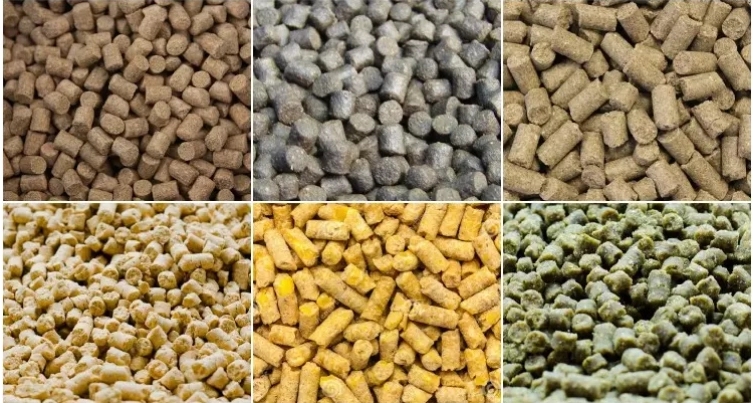
The key points for using vitamin premixes in feed mainly include the following aspects:
1. Determine the Formulation Ratio Reasonably
·Reference Standards and Actual Conditions: The formulation ratio of the vitamin premix should be determined by referring to the nutritional requirements of the livestock or poultry (e.g., NRC standards) and considering the actual conditions such as the animal’s breed, growth stage, production performance, feeding environment, and management level.
·Pay Attention to Compatibility: During the formulation process, special attention should be paid to the interactions and compatibility of various vitamins to avoid adverse reactions.
2. Choose High-Quality Raw Materials
·Purity and Potency of Raw Materials: Select vitamin raw materials with high purity and stable potency to ensure the quality of the premix.
·Stability of Raw Materials: Consider the stability of the raw materials during storage and processing, avoiding those prone to decomposition or spoilage.
3. Correct Addition and Mixing
·Add According to the Formulation: Strictly follow the formulation requirements when adding the vitamin premix to the feed, avoiding overuse or underuse.
·Mix Thoroughly: Ensure that the vitamin premix is evenly mixed with the feed so that the animals can receive balanced nutrition. Gradual dilution is recommended during mixing; mix a small amount of premix with part of the feed first, then gradually add the remaining feed until thoroughly mixed.
4. Pay Attention to Storage and Transportation
·Storage Conditions: Vitamin premixes should be stored in a dry, dark, ventilated, and cool environment, avoiding direct sunlight, high temperatures, and humidity. Attention should also be paid to moisture-proofing, pest control, and rodent prevention.
·Packaging Requirements: Use packaging materials with good sealing properties, such as vacuum-sealed aluminum foil bags, to reduce the impact of oxygen and moisture on the premix.
·Transportation Considerations: During transportation, avoid severe shaking and compression to ensure the integrity and quality of the premix.
5. Usage Considerations
·Regular Inspections: Regularly check the storage condition of the vitamin premix to ensure it has not deteriorated or become damp.
·Follow Usage Instructions: Strictly follow the product usage instructions to avoid problems caused by overuse or improper use.
·Monitor Animal Responses: During use, closely monitor the animals’ growth and health status. If any abnormalities occur, adjust the premix ratio or seek help from a professional.
6. Focus on Vitamin Stability
·Stability Differences: Different vitamins have varying levels of stability. For instance, vitamins A and D3 are prone to degradation, while B vitamins are relatively stable. Special care should be taken regarding the addition and storage methods of these easily degradable vitamins during formulation and use.
·Addition of Antioxidants: To increase the stability of the vitamins, appropriate antioxidants such as ethoxyquin or butylated hydroxytoluene (BHT) can be added to the premix.
The key points for using vitamin premixes in feed involve various aspects, including formulation, raw material selection, addition and mixing, storage and transportation, usage considerations, and vitamin stability. Only by strictly following these guidelines can the vitamin premix be ensured to play its optimal role in the feed.

